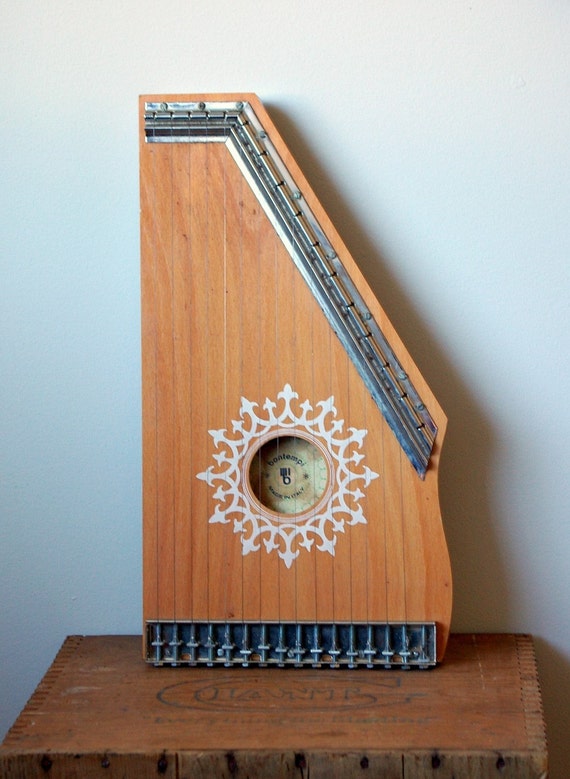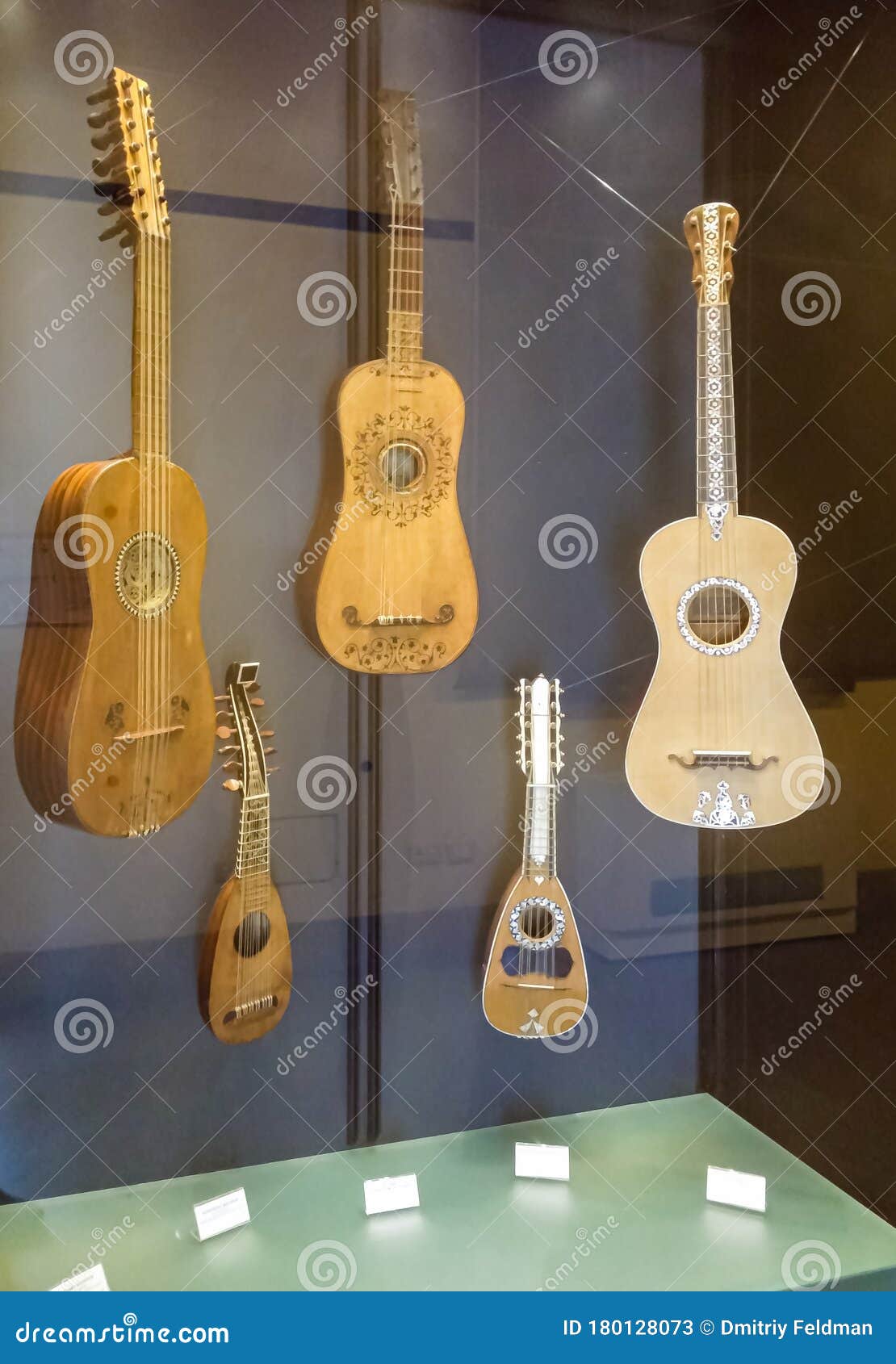

“To the untrained eye, these two models look similar,” Trabucchi says, “but they have slightly different shapes.” In both cases, the process of creating the instrument takes at least six weeks. A violin crafted in Cremona can either be a ‘Stradivarius’, inspired by the design of Stradivari, or a ‘Guarneri del Gesù’, based on the model of the 18th-Century luthier – and rival to Stradivari – Giuseppe Guarneri. Cremonese violin makers rely on orders from two categories of customers: private individuals and dealers, who usually resell them in their shops at twice the price to conservatories and musicians all over the world. Cremona alone contributes about 80%, or more than £5m a year, to this total. “The average is about 10,000 euros (£9,150),” he explains, pointing to a row of violins hanging from a steel cable that runs across the workshop, “but some go as high as 20,000 euros (£18,300).”Īccording to the latest World Bank data, Italy’s annual export of bowed string instruments is worth $6.6m (£5.4m), mainly to Japan (£2.2m), the United States (£709,600), Hong Kong (£645,000) and China (£286,800). “Prices vary depending on the name of the luthier and the market they are sold on,” says Stefano Trabucchi, who opened his workshop in 1992. In the shade of their workshops, they shape raw boards of maple and spruce into musical instruments worth thousands of euros. The city’s unparalleled tradition has long been attracting violin makers – also known as luthiers – from all over the world to come and ply their trade there.Īrgentinian-born Pablo Farias is among more than 160 luthiers – mostly graduated from the International School of Violin Making in Cremona – who currently live and work in the cobbled alleys of the city. Now though, his legacy is struggling to survive.Ĭremonese violin making is also on Unesco’s cultural heritage list, and the city’s craftsmen are internationally renowned for the unique process they use to create violins, violas, cellos and double basses, which sees them assemble more than 70 pieces of wood around an inner mould by hand, without using any industrial materials. Schools, bed and breakfasts, sports centres, restaurants and cafes are named after this man, who, throughout his life, is estimated to have produced 960 violins.

While the workshop where Stradivari used to craft his instruments was demolished in 1934, every corner of the city speaks of him. In particular, it is threatening the violin making craftsmanship that has been the historical engine of Cremona’s industry and made its botteghe (Italian for ‘workshops’) famous throughout the world, turning the city into a microcosmic reflection of how the pandemic is jeopardizing the culture and arts sector globally.īowed string instruments have been handmade since the 16th Century in Cremona, which is also the hometown of Antonio Stradivari, perhaps the greatest violin maker in history. According to official data, Covid-19 has caused more than 1,000 deaths and 6,600 confirmed cases of infection in the province of Cremona (the city of Cremona and surrounding towns), and it is now putting a strain on its economy. “I was ready to open it in March, but then the pandemic broke out and the lockdown imposed by the government forced me to cancel my plans.” Pablo seems to smile bitterly under the face mask.Ĭremona, a city with 73,000 inhabitants, is situated on the southern border of the northern Italian region of Lombardy, which became the epicentre of the virus back in February, when it was the site of the first European outbreak. “I’ve just moved into this workshop,” he says without looking away from the violin.

Next to the window overlooking the historic centre of Cremona, two small blue armchairs are still packed in transparent plastic.

The brush caresses the glossy maple of the instrument, slowly sliding back and forth. Sitting at the workbench, Pablo is varnishing his latest violin. In Pablo Farias’ workshop, the air smells of wood.


 0 kommentar(er)
0 kommentar(er)
